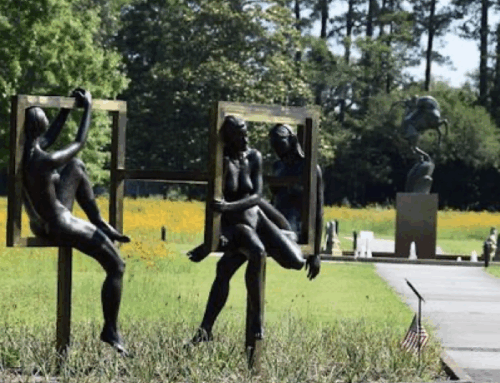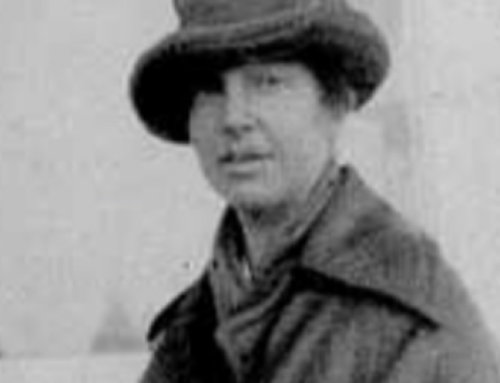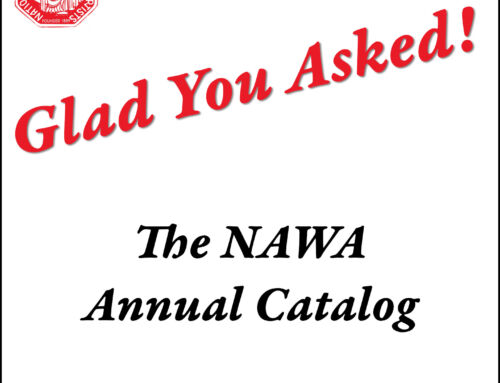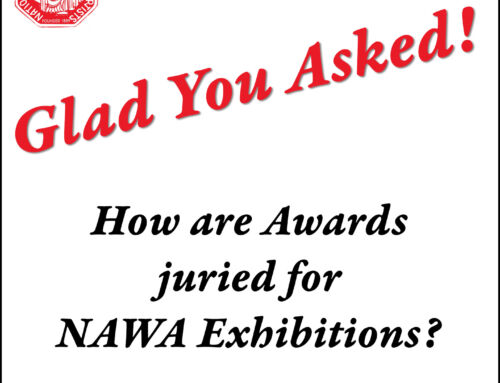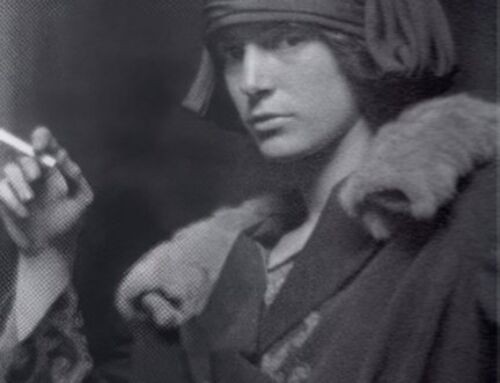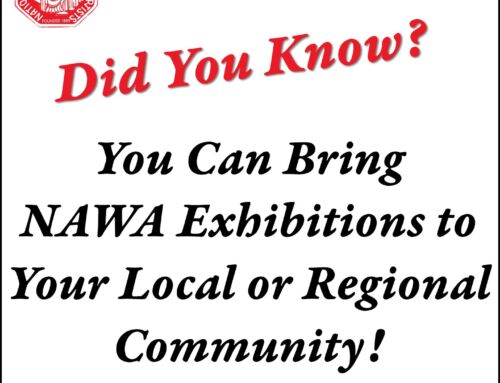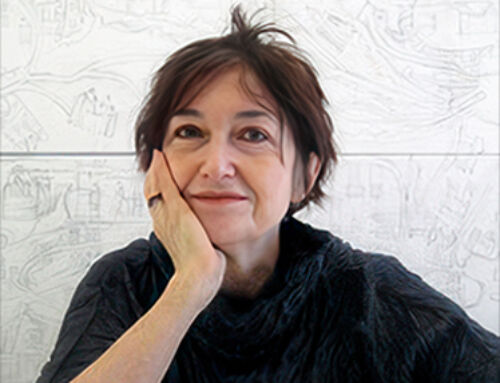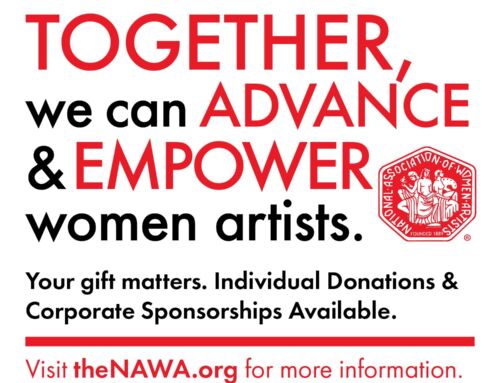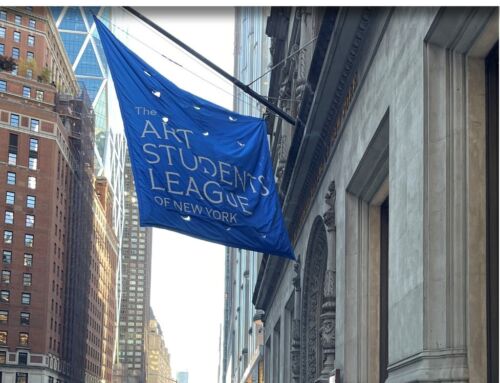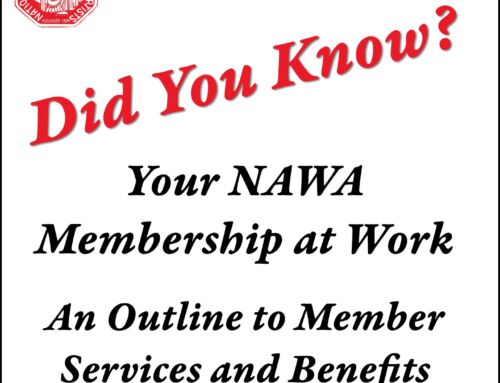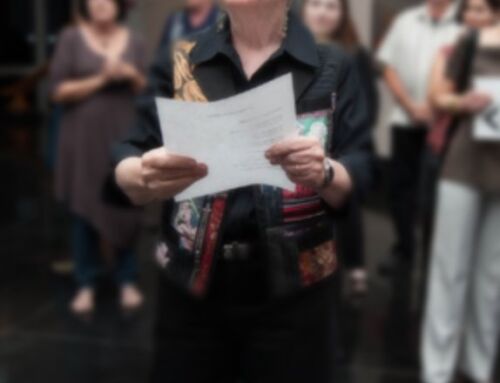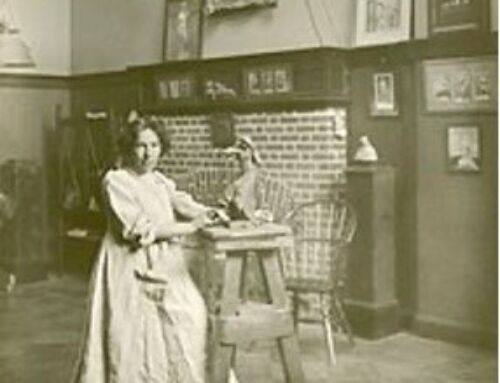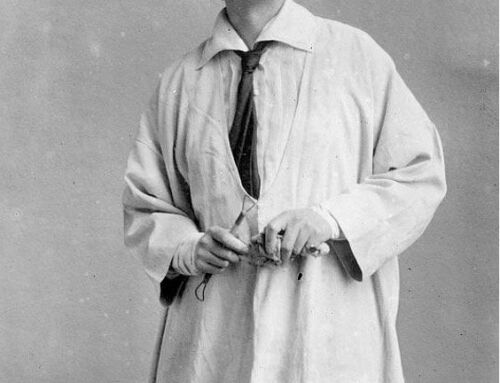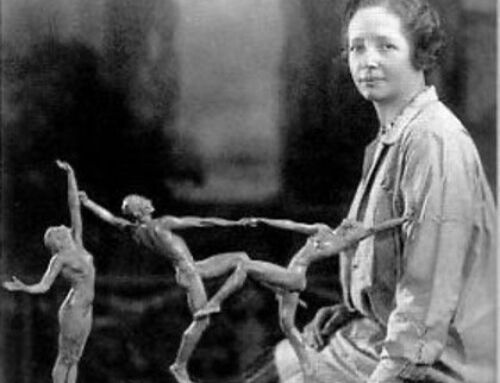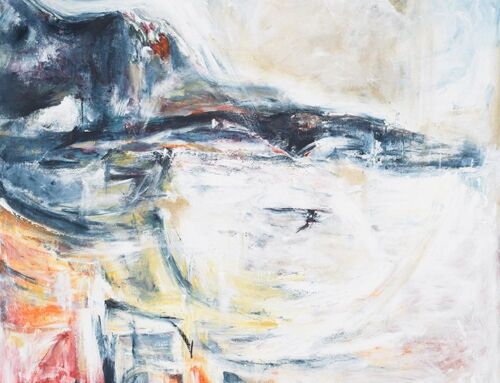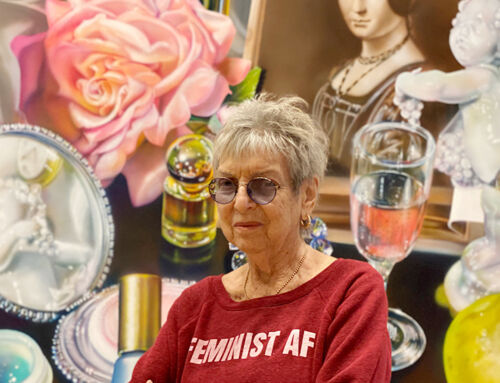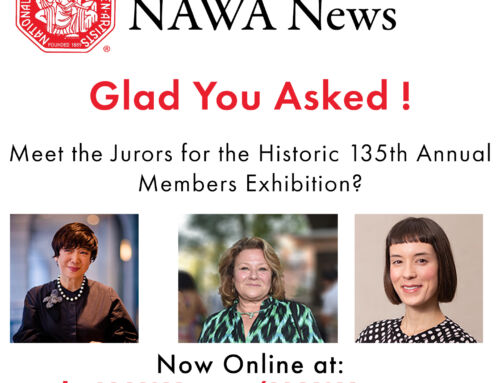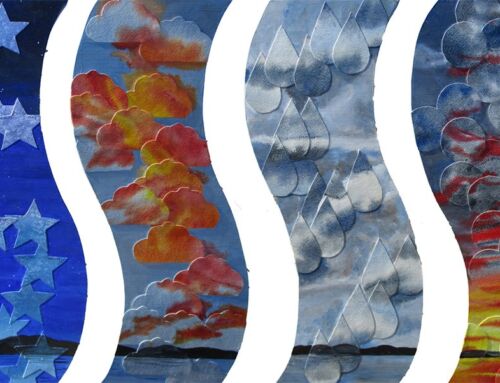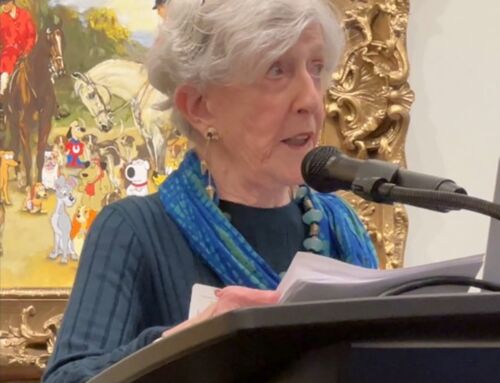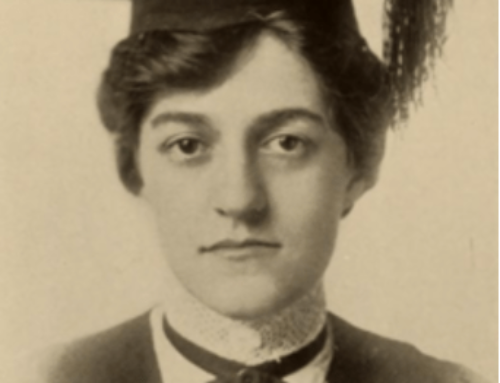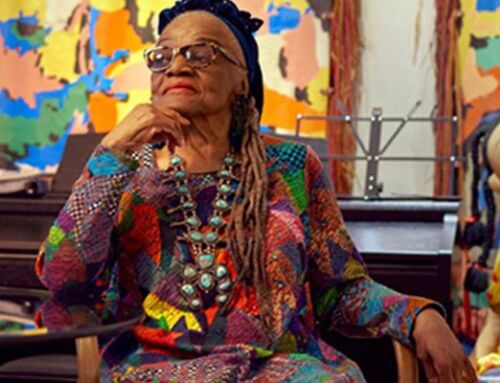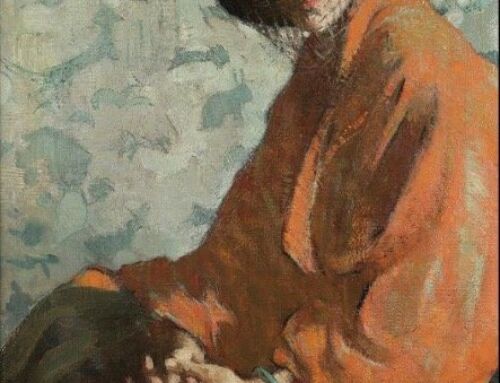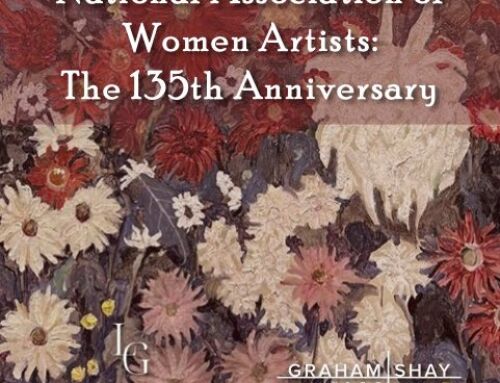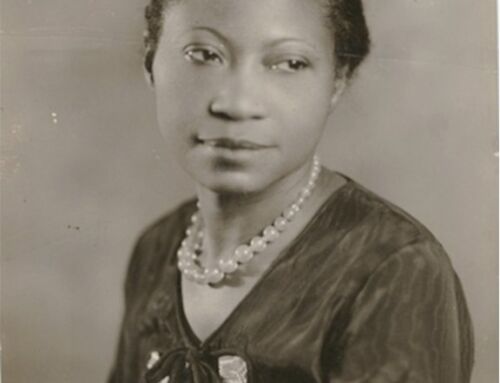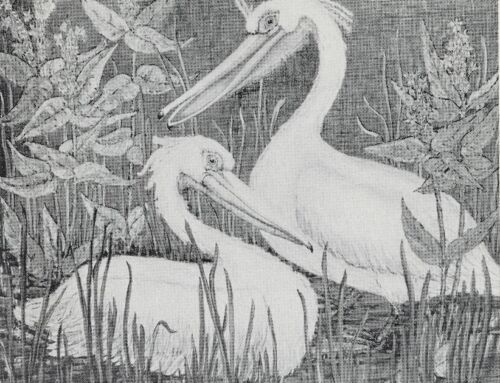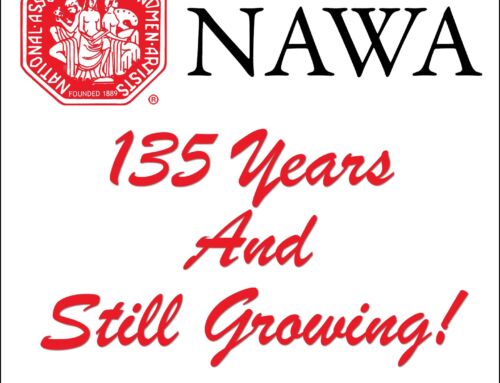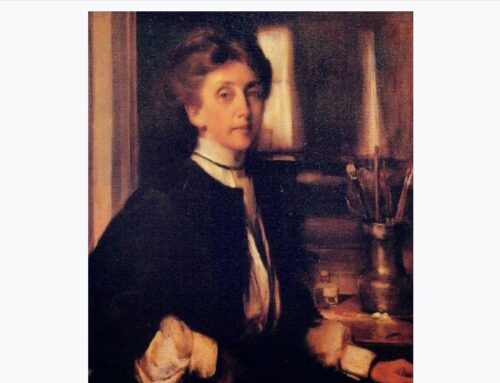Meet the Artist/Author Sandra Bertrand
Some of our NAWA Signature Artists are also recognized authors who have published their work in books, articles, and papers both online, and offline. Their writing is as diverse as their artwork, covering fiction, non-fiction, academic research, poetry, children’s books and more.
A standard set of questions has been proposed to each of our Artist/Authors. These are Sandra’s replies.

Sandra Bertrand
NAWA IS PLEASED TO INTRODUCE SANDRA BERTRAND.
- What are you focused on in your writing?
For the last several years, I have concentrated on travel, arts, and cultural writing, which has given me great pleasure. After a great trip, there’s nothing better than reliving it through the written word. Of course, keeping a journal handy on any journey is indispensable, even if later fact-checking is an essential part. And words are only one part. Photography and the desire to capture images is a real passion for me. I am fortunate enough to have editors with both Highbrow Magazine, a general interest online publication and Sanctuary Magazine, another online publication for women whose founding editor is on NAWA’s board, who welcome my photography as much as the text. Taking a trip, a second time with one’s memory—clouded with a flood of impressions—is navigating a slippery slope. But entertaining nevertheless. As for art reviewing, I rely on a combination of my own instincts with the familiar and unfamiliar in picking a particular museum or gallery show. Naturally, I love to explore favorite artists, but don’t want to give short shrift to those whose works might be in opposition to my own interests. And, let’s not forget, curiosity is a mainstay to any creative undertaking.
2. What drew you to the subject matter of your work and what form has it taken?
Life. And the emotional draw one’s experiences have on the senses. The creative urge arises out of the need to process what you have seen, heard, and felt. Sometimes it takes a long time for a particular event to surface. When I was quite little, my mother frequently took me to the movies, where she lived her own fantasy life. I didn’t know she was depressed at the time, but the images on the big screen had a huge effect on both of us. Coming Attraction, one of the first scripts I wrote, was about that experience. As I grew into adulthood, my fantasy life grew as well. Poetry was a vehicle to express a wellspring of emotions and my teachers encouraged me to pursue it as well as acting, where I could assume a variety of roles. That led to more playwriting, where I could create my own worlds and not simply act out someone else’s.
3. Who are you writing for? Who is your target audience?
That can be a difficult question to answer. Obviously, if I write about travel, I am hoping to interest the kind of individual who wants experiences beyond their own backyard and if the publication is geared toward women, like Sanctuary’s is, then it’s from the perspective of what it is to be a woman in an unfamiliar location. With much fiction and personal memoir, my exploration is of the self, and hopefully, my reflections will resonate with the reader. In my experience, discovering a writer can be as special as finding a true friend.

Margaret Atwood. Acrylic Painting by Sandra Bertrand
4. Is your written work related to your artwork? If so, how?
My favorite story about the relationship between art and writing is how a particular creative urge can lead to another form entirely. I started a painting once with three women’s faces in the foreground and a shadowy undefined figure in the back. At that point, to figure out what it meant, I put the paintbrush down and picked up the pen. That’s how I wrote the play, The Sentry and the Laughing Ladies. On another more conventional note, when I became a member of NAWA through my painting, I realized all these artists should want to read about one another as well as the world of art, so I proposed a newsletter which gave me an outlet for expressing my own words as well as the words of others. It has become a thriving member publication, NAWA Now. As for my travel writing, it has been an impetus for my photography as well as some of my landscapes, in particular. As for my portraits in my Strong Women series, I have been drawn to favorite creative women from the past, such as Colette, Willa Cather, Louise Nevelson, Margaret Atwood, Joan Didion…the list goes on. I will research photographs and writings of such figures and use them as a springboard for my own expressionistic painting.
5. How do you balance writing with your artwork?
It seems like one is always taking precedence over the other. If I am attending the Art Students League, for example, several days a week will be devoted to that studio time. If I am painting from home, it may depend on starting or finishing a painting when I am not facing a publication deadline. I have been retired from full-time work for several years, so I can make up my own schedule. I prefer writing in the mornings but when I get a good flow going, I can work longer. It’s pretty much the same with painting.

Balos Bathers in Crete. Acrylic Painting by Sandra Bertrand
6. Are you currently writing articles or books for publication?
Upcoming trips this year include San Miguel de Allende and later in the spring, New Orleans. For some time, I have been harboring a book about my early experiences in Greece in 1979, The Santorini Journal. It’s a compilation of journal writing, letters and flash forwards to more recent trips and how they relate to my younger self. I guess travel and my desire to reflect upon it has always been in my blood. I have also returned to an earlier film script, The Girl from Chernobyl, which deals with a young Ukrainian American woman who flees from the 1986 nuclear disaster to find herself in NYC’s East Village. Each writing project is beset with its own challenges for publication and/or production. It’s important that the completion of an undertaking isn’t overwhelmed by the question of when it will come before the public. Faith and luck play their part.
7. How and where have your works been published or produced? Online? Print?
In the beginning, I depended on a few literary journals for my short stories. As for plays, my breakthrough was when the Eugene O’Neill National Playwrights Conference decided to produce Chameleon, an original play for television. It was controversial at the time, in the late seventies, with a main character leaving her husband for another woman. But later I had staged readings of other works and an off-Broadway production of my play, Days and Nights of An Ice Cream Princess. My travel and art reviews as mentioned are online publications.

The Spirit of Colette. Acrylic Painting by Sandra Bertrand.
8. How do you market your written work?
Finding the right agency for one’s work can be very important. But there are good research possibilities on the web and publications and production companies can sometimes be contacted directly.
9. Where can people access your publications?
https://www.sanctuary-magazine.com/ Current and past articles are available under Inspired Life from the home page.
https://www.highbrowmagazine.com/ Current and past reviews are available under Photography and Art from the home page.
10. In a few sentences tell us who and why people might feel compelled to read your publications.
For those individuals who want a seasoned perspective on travel, arts, and the culture at large, I believe my slant offers a worthwhile glimpse into those areas. An in-depth exploration of our contemporary world and how it is reflected in the past is a meaningful pursuit of one’s time.
___________________________________________________________
Congratulations Sandra and Thank you for sharing!
Mary Ahern – Chair: NAWA Public Relations Committee
National Association of Women Artists
NAWA. Empowering Women Artists Since 1889



